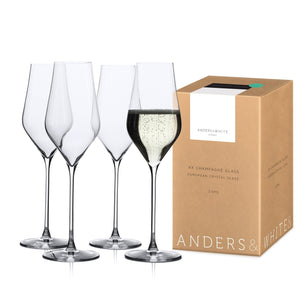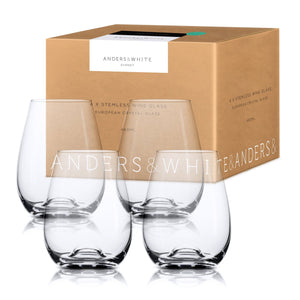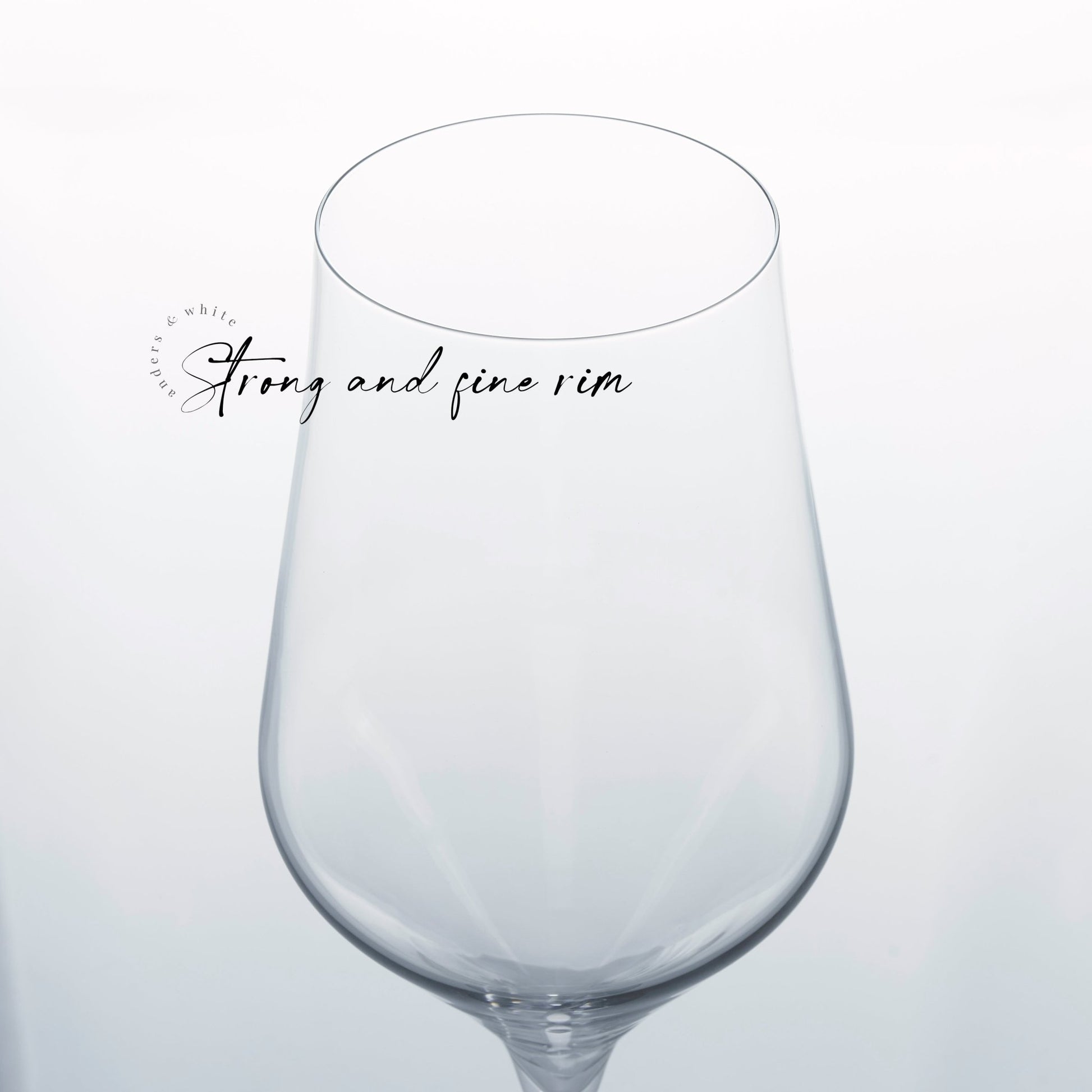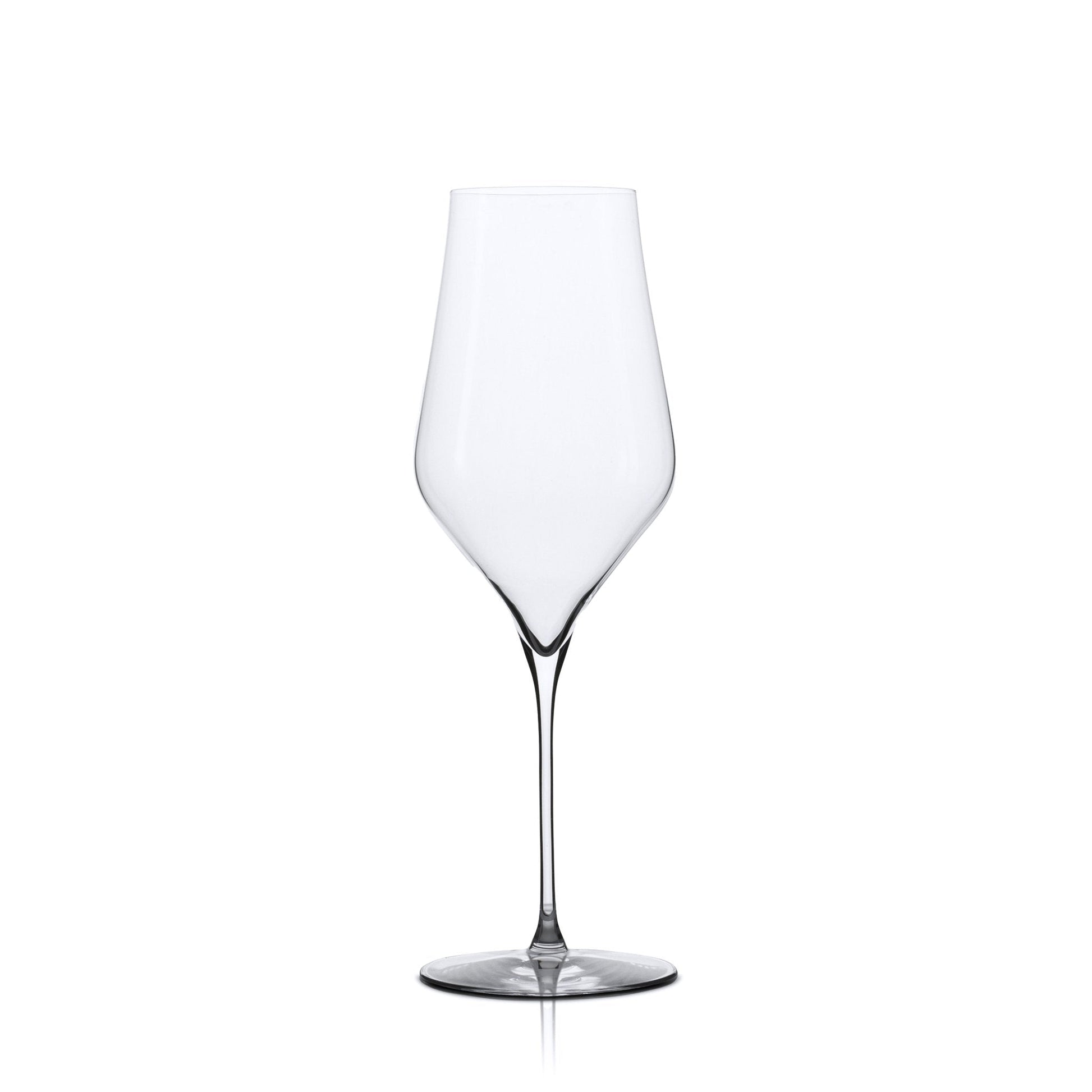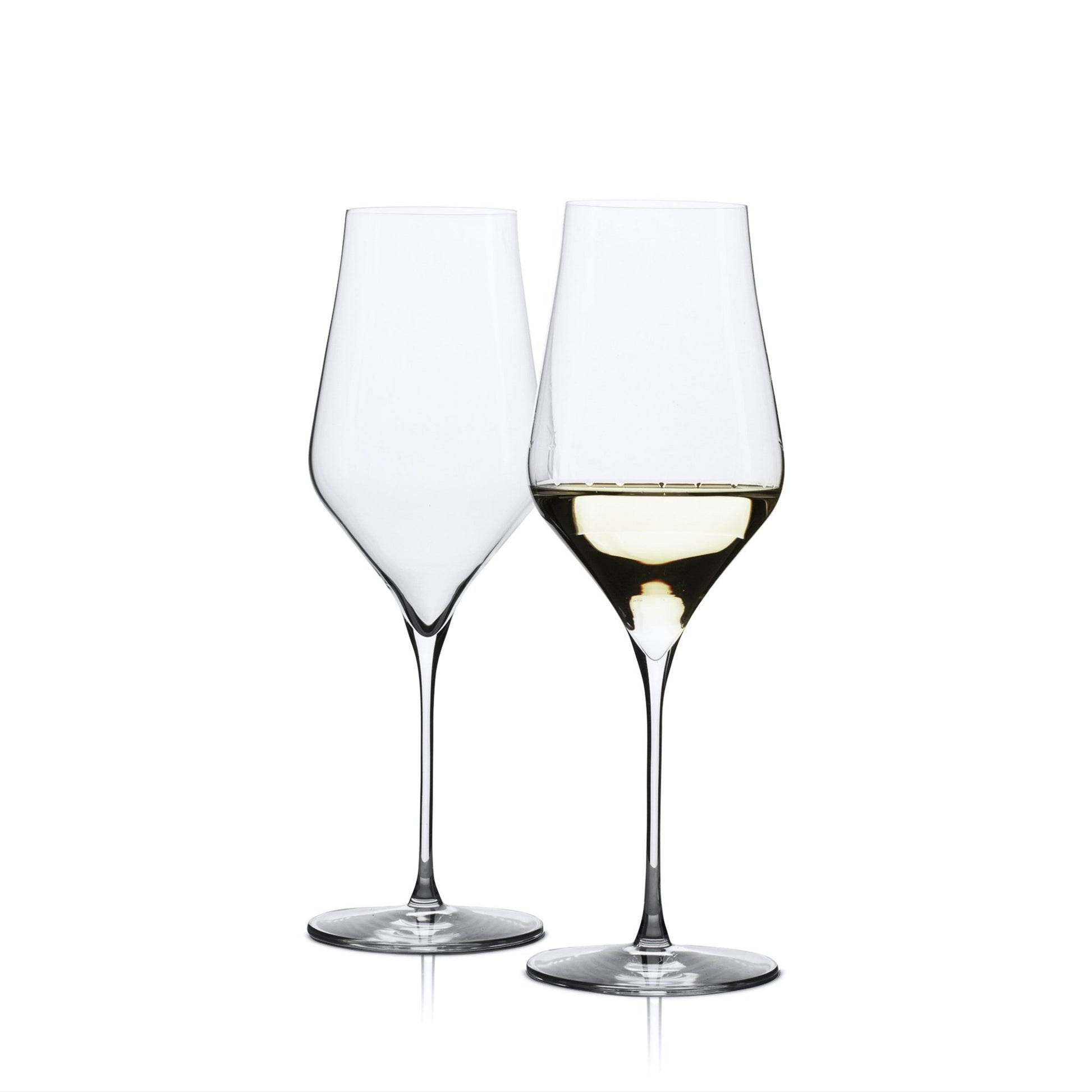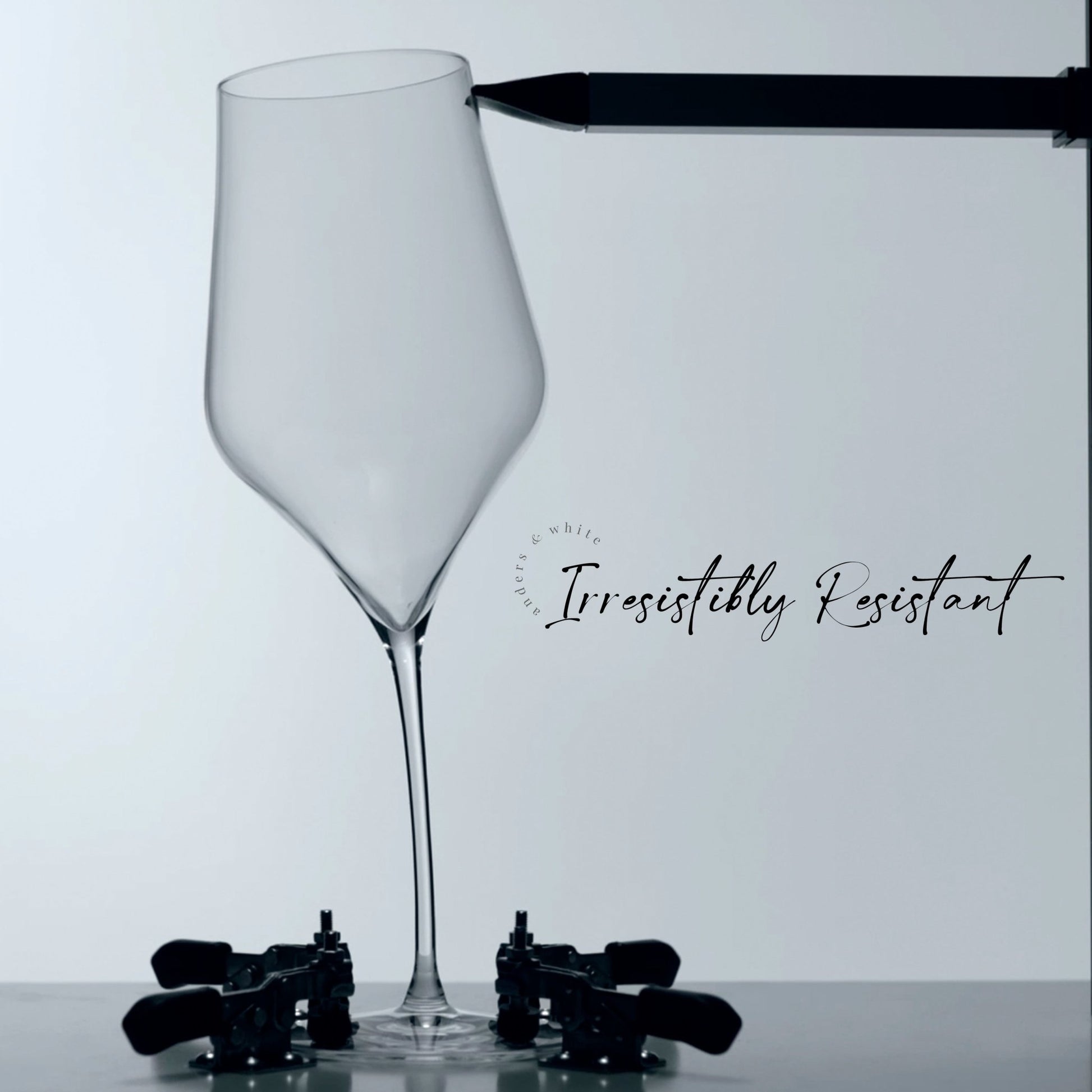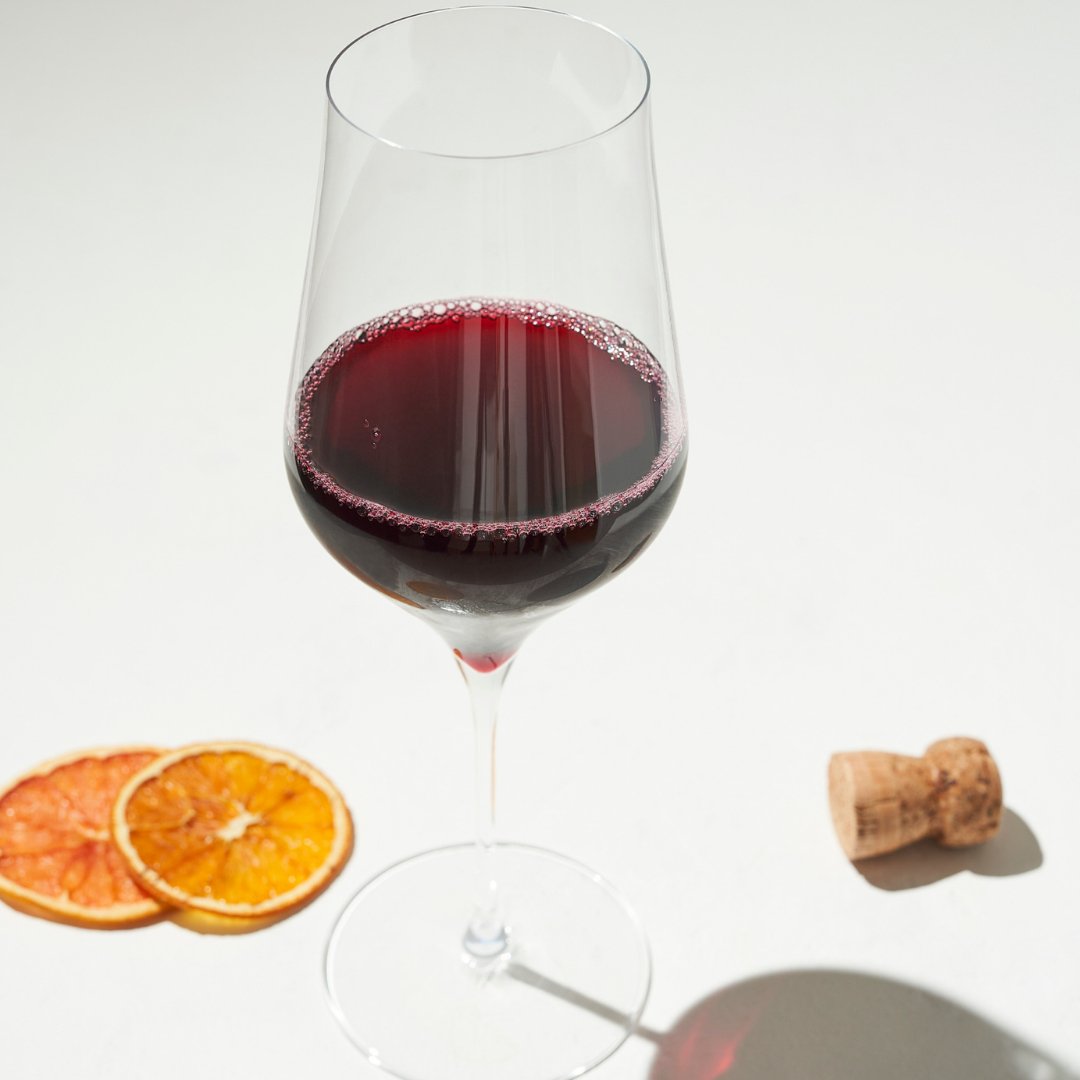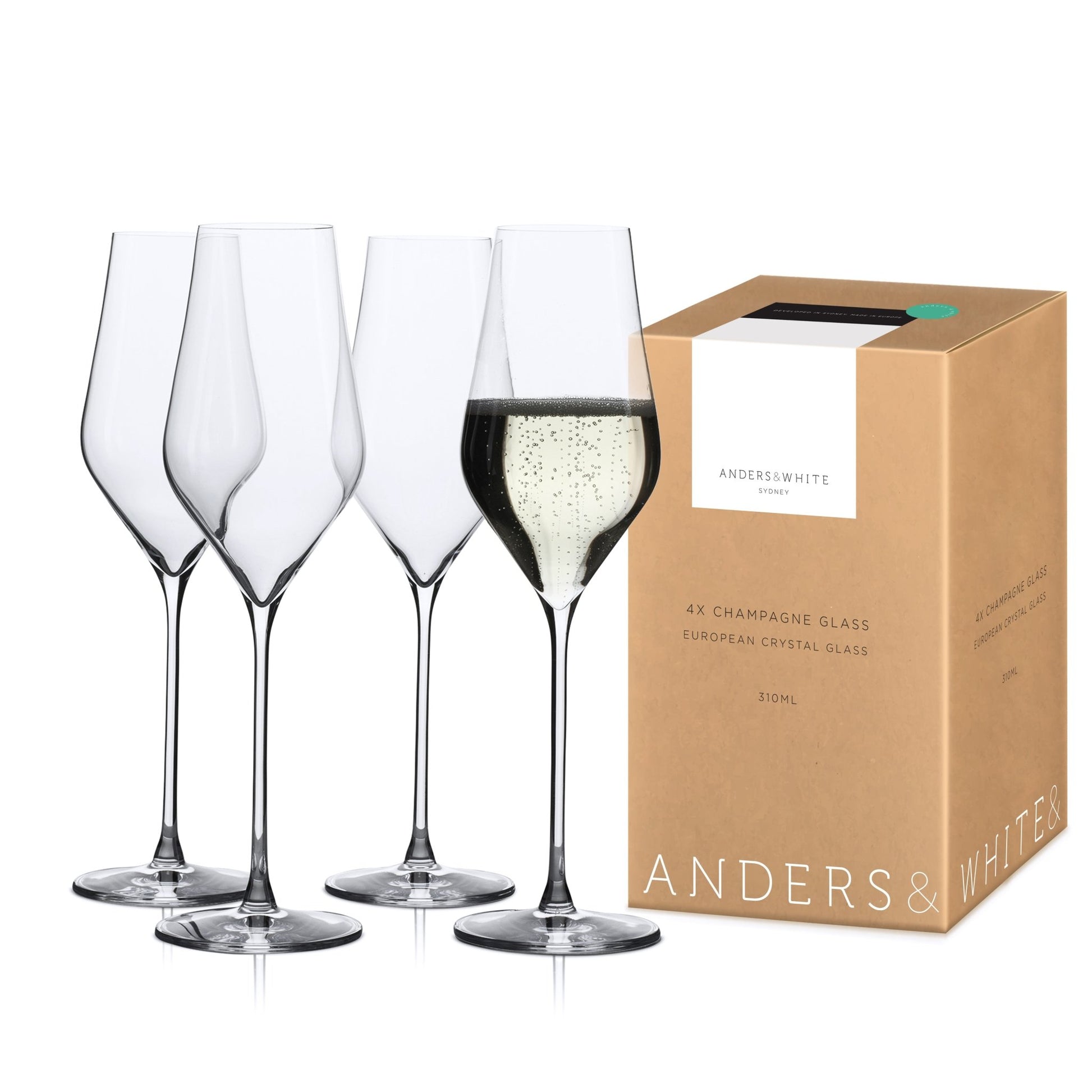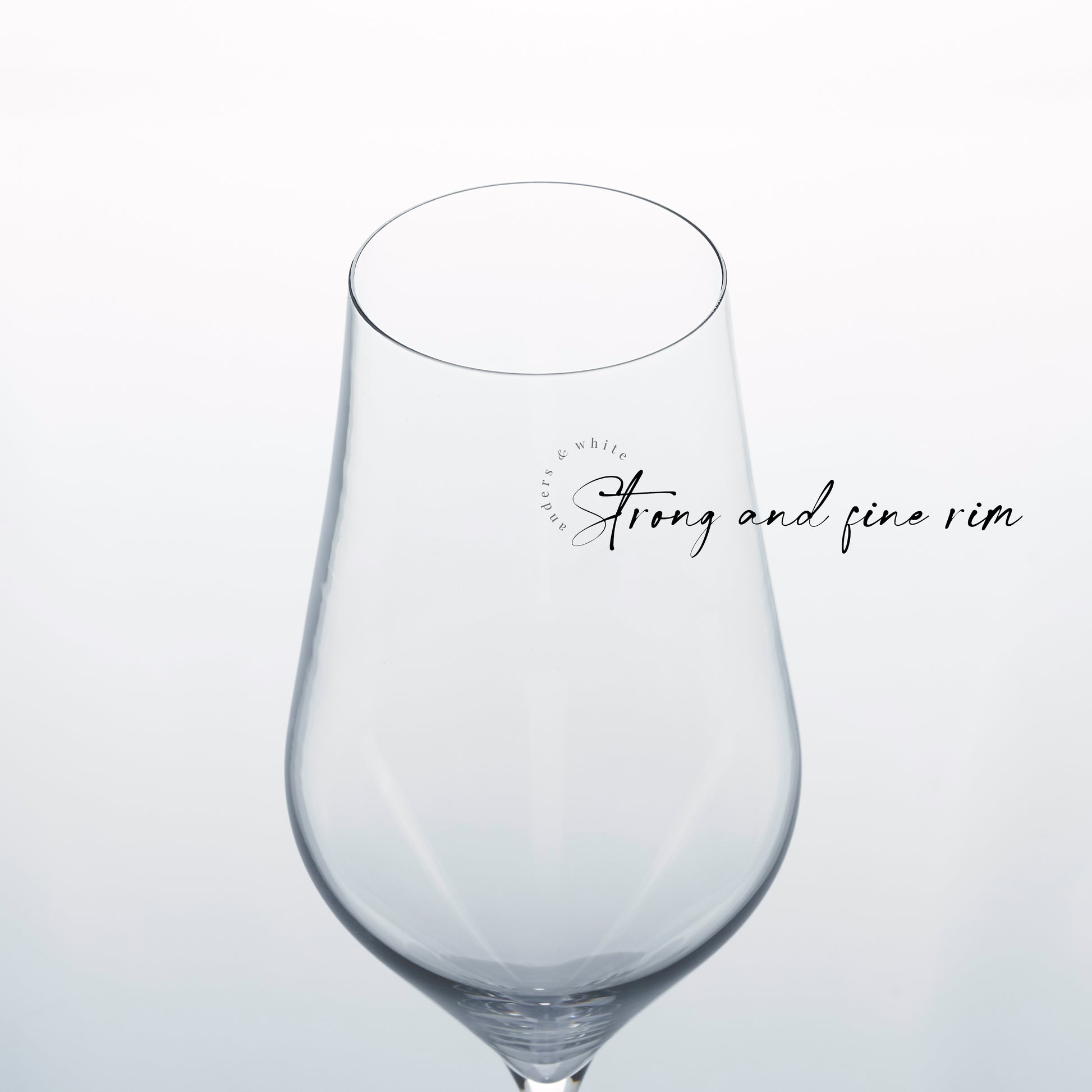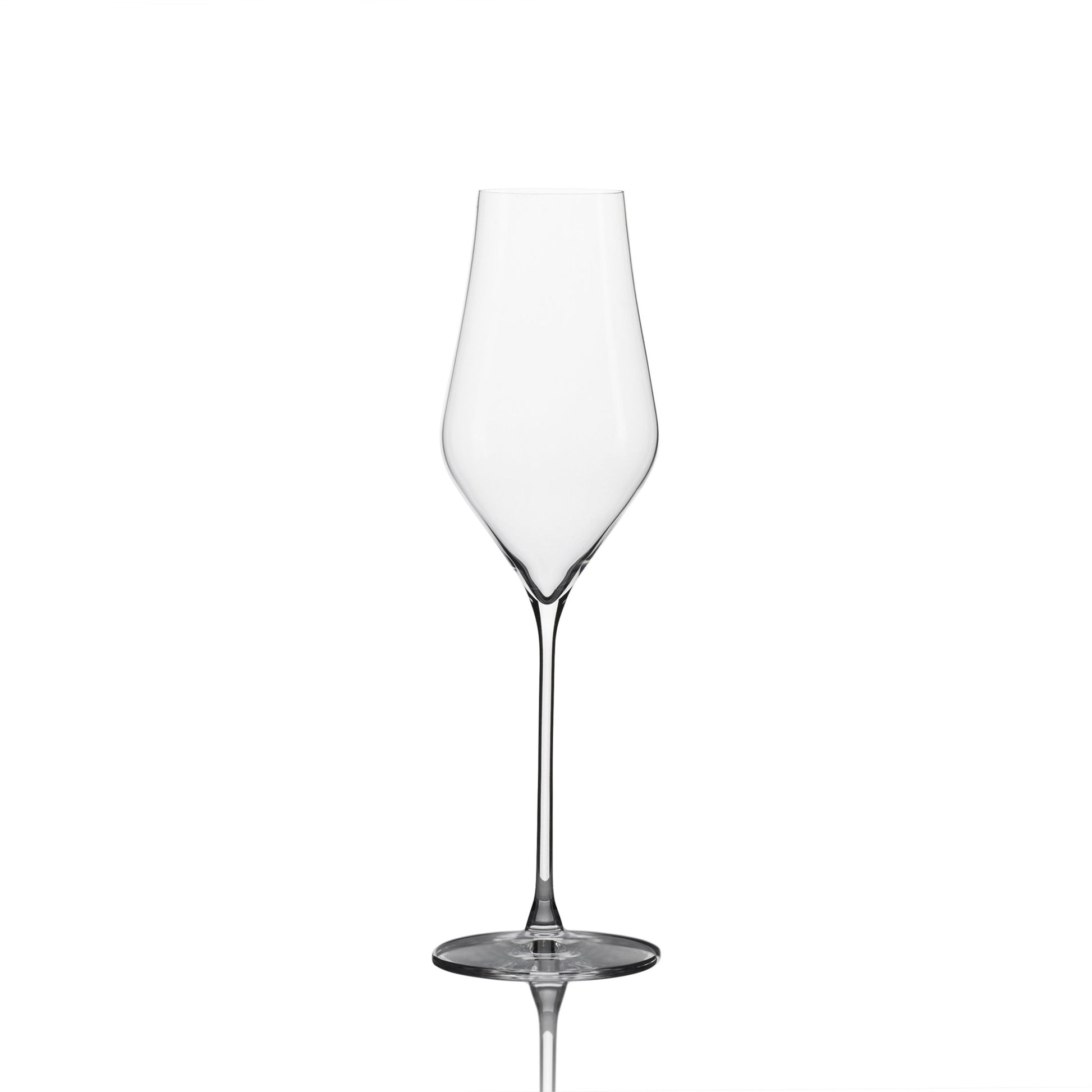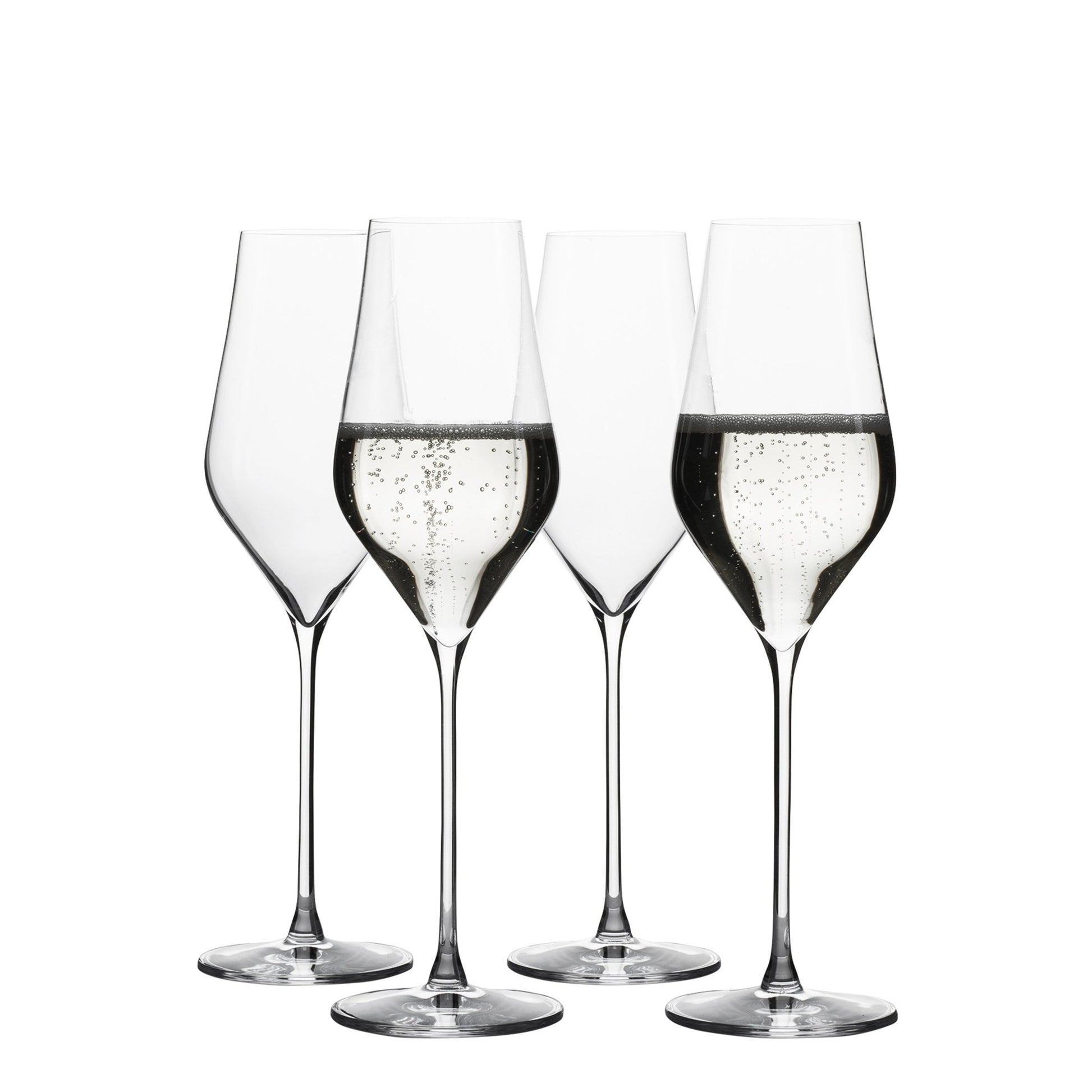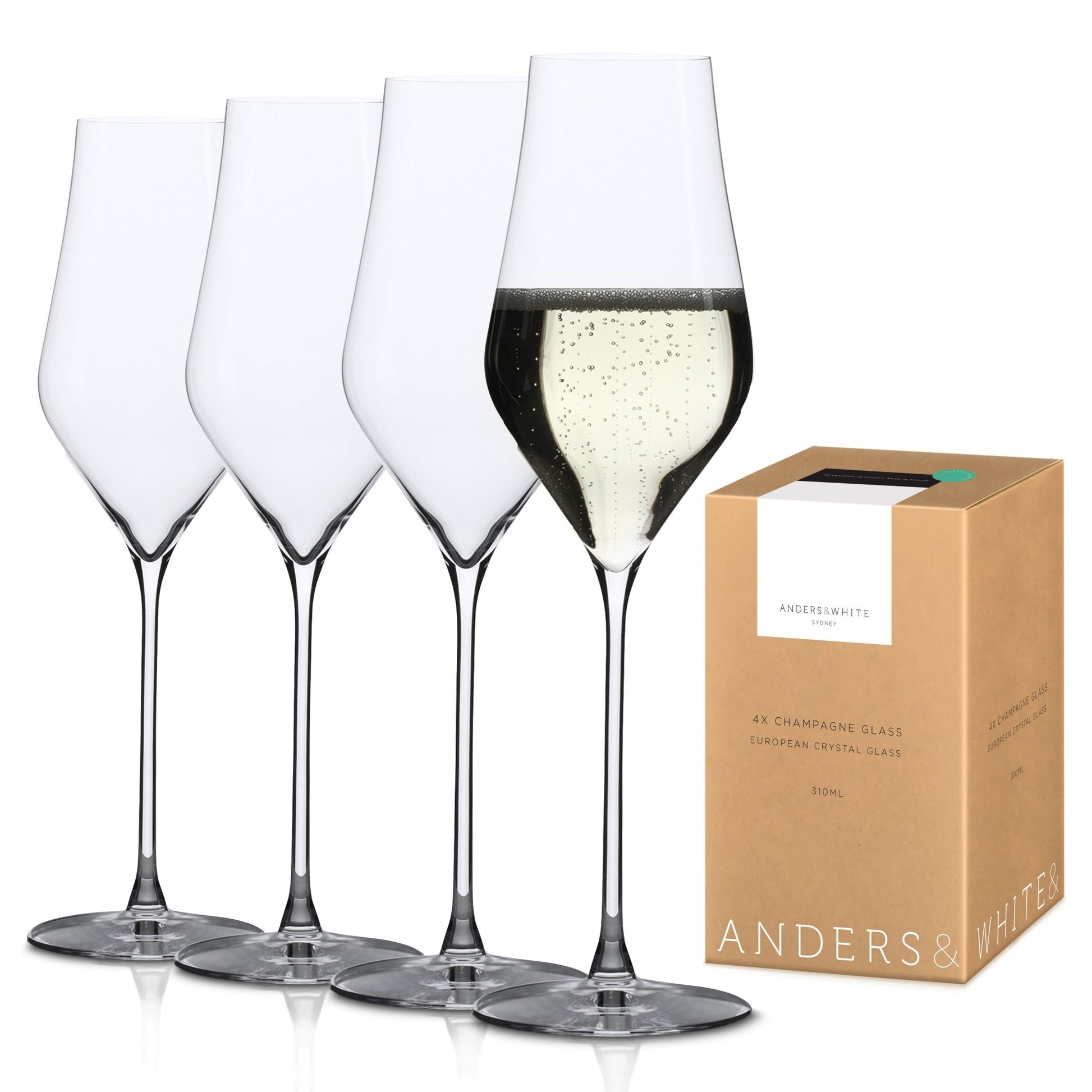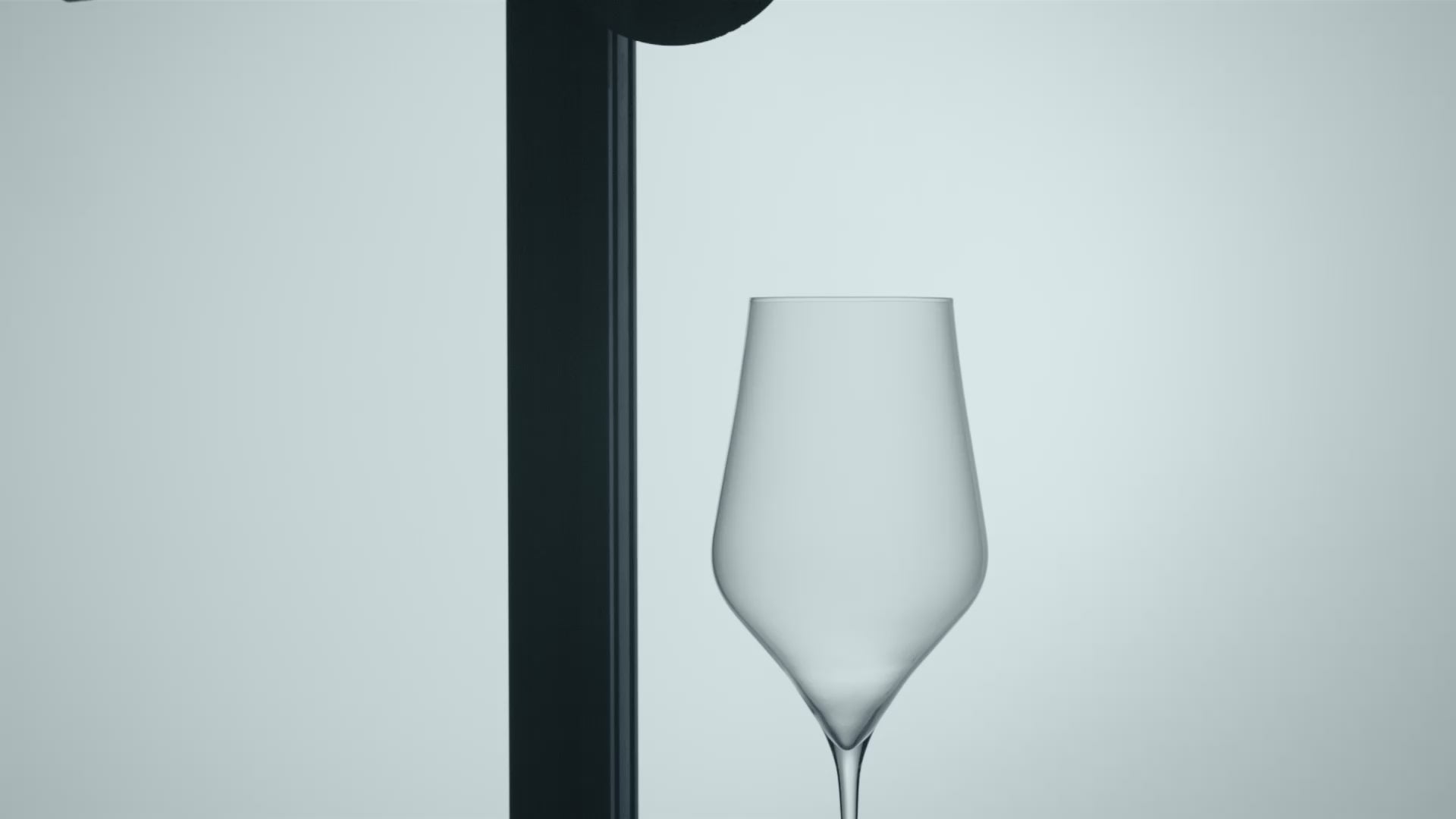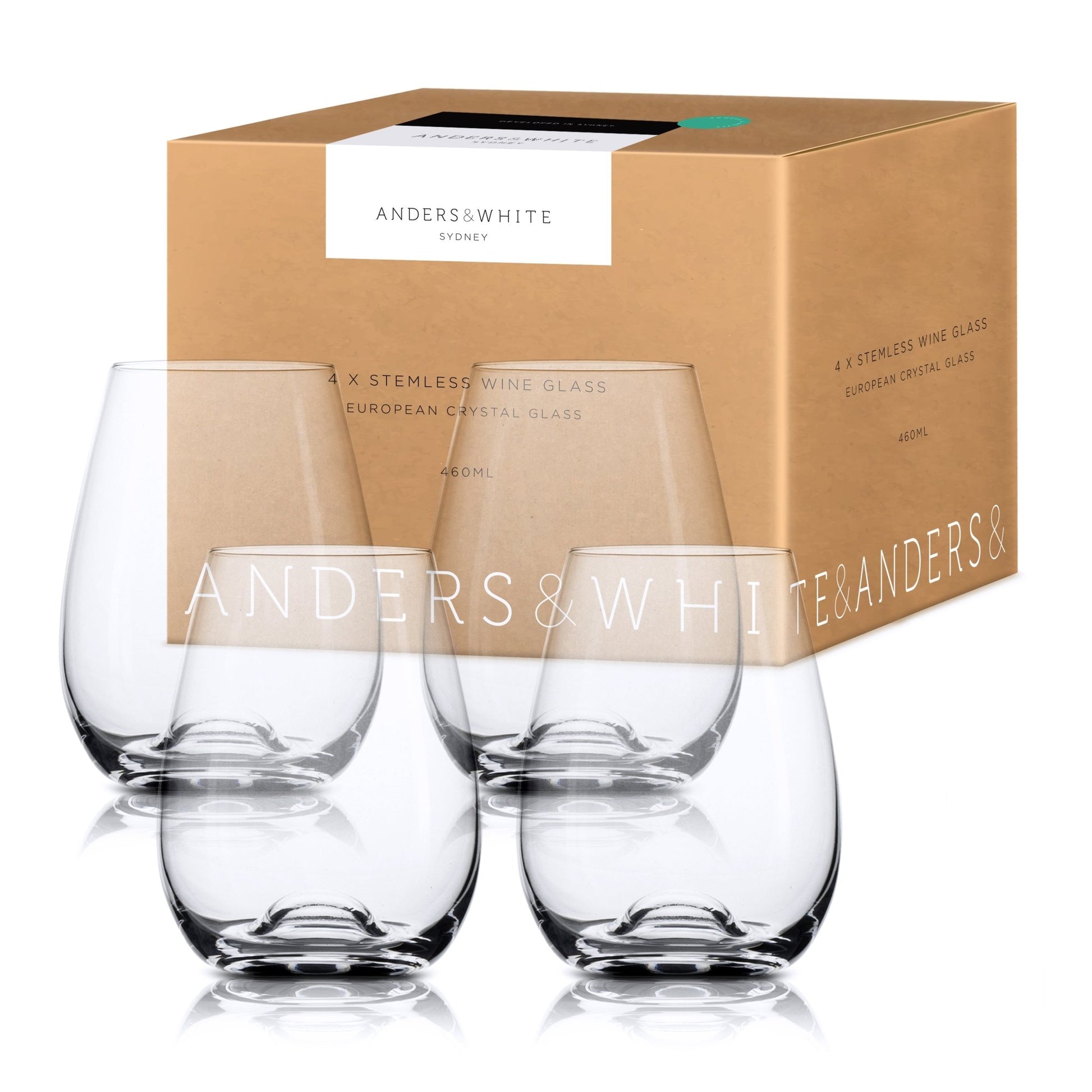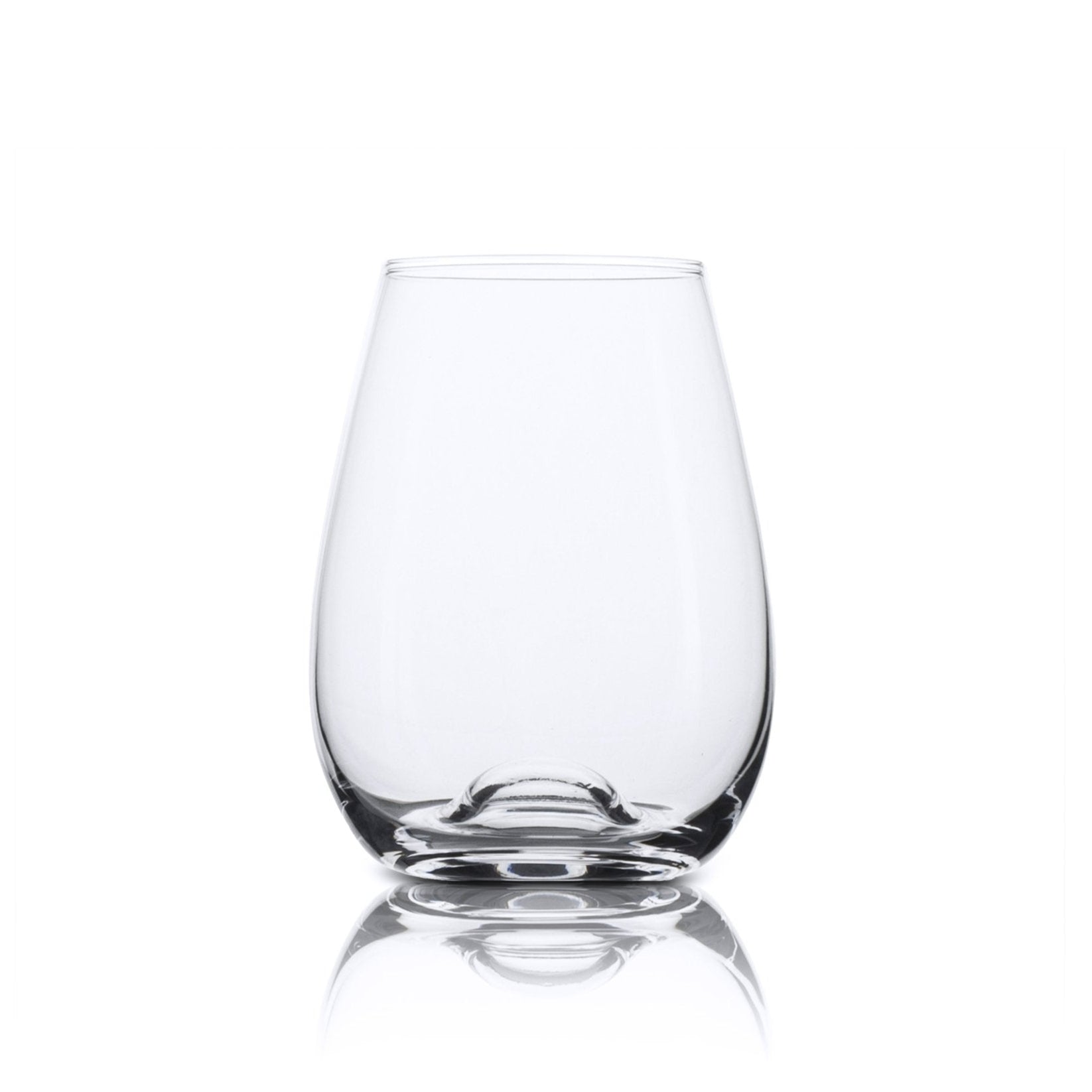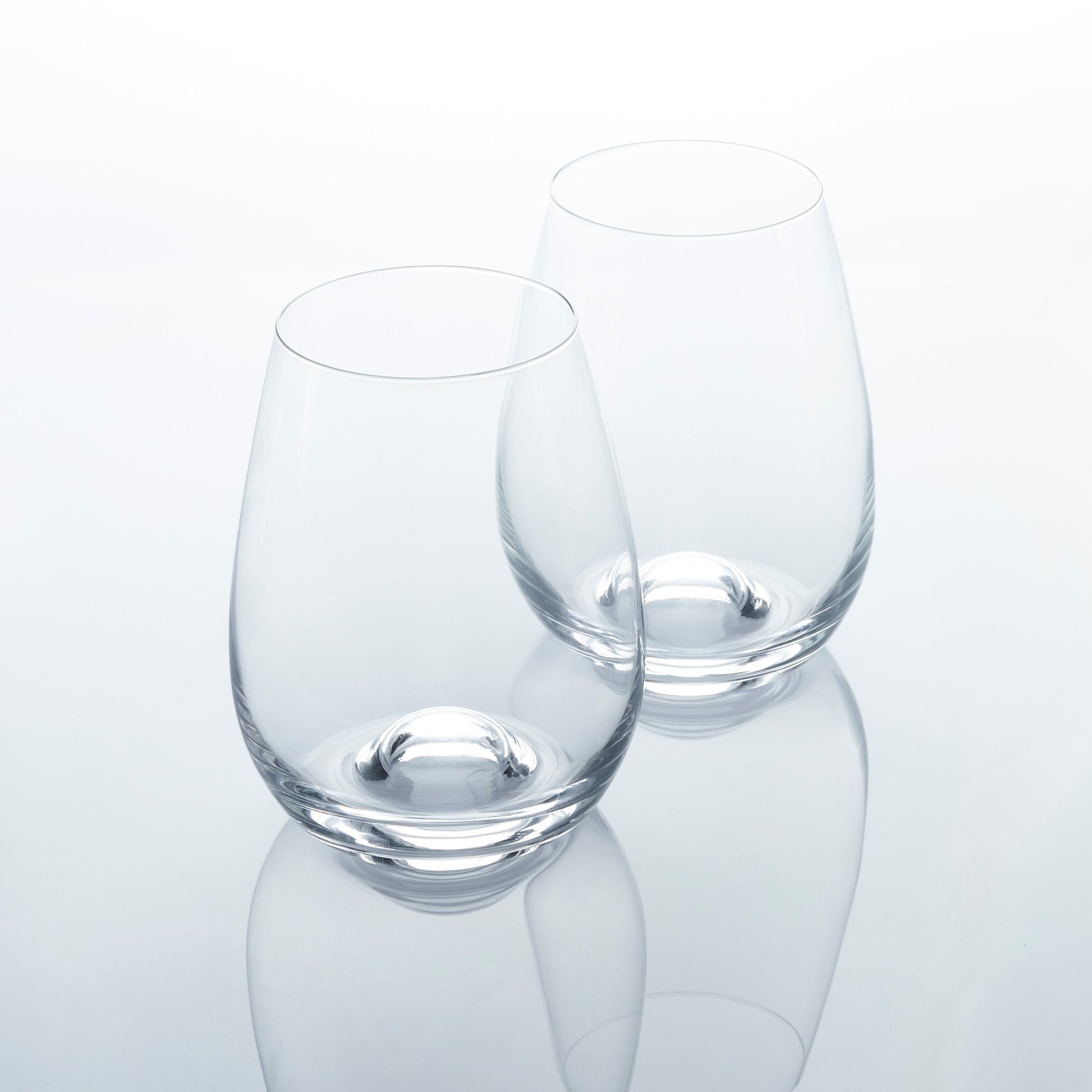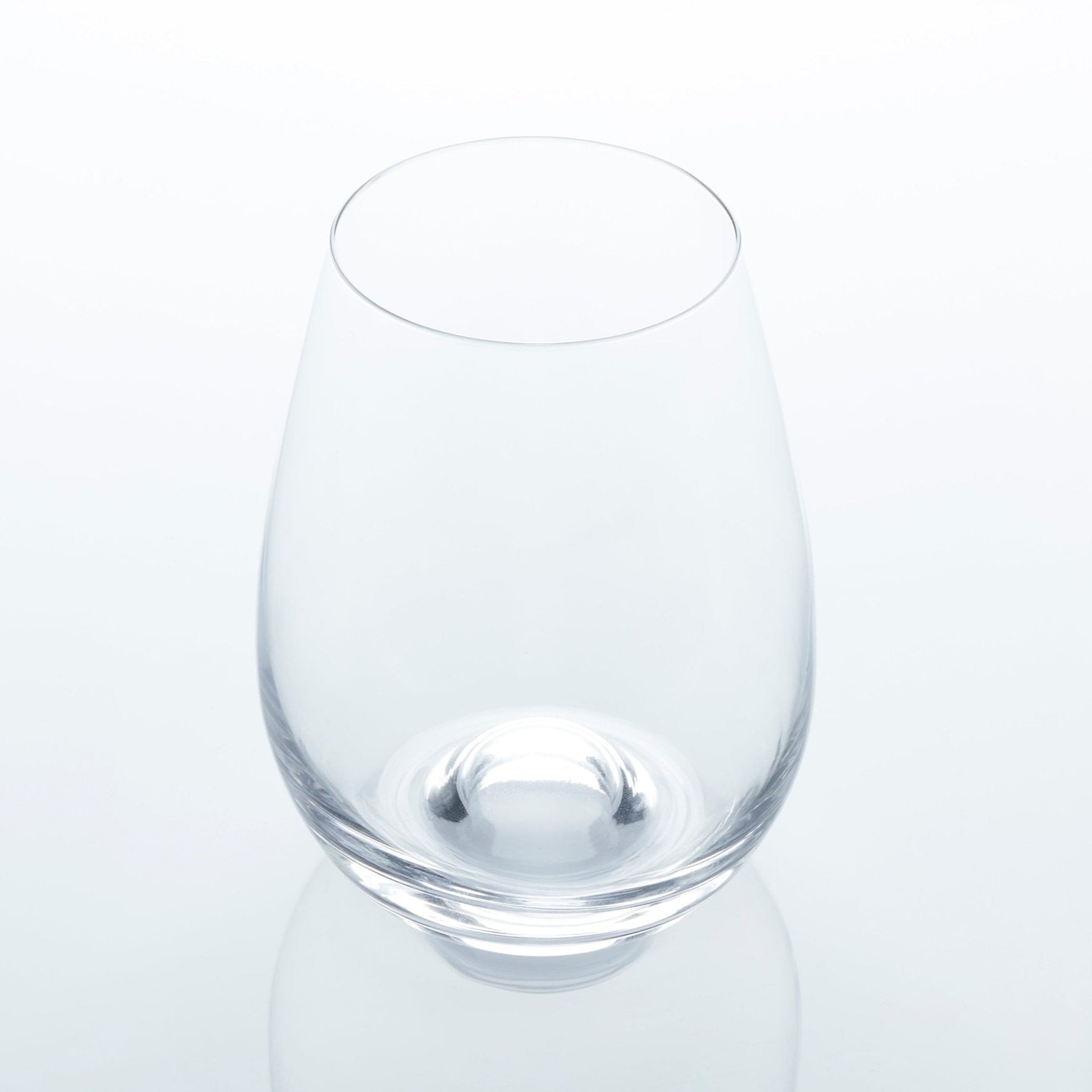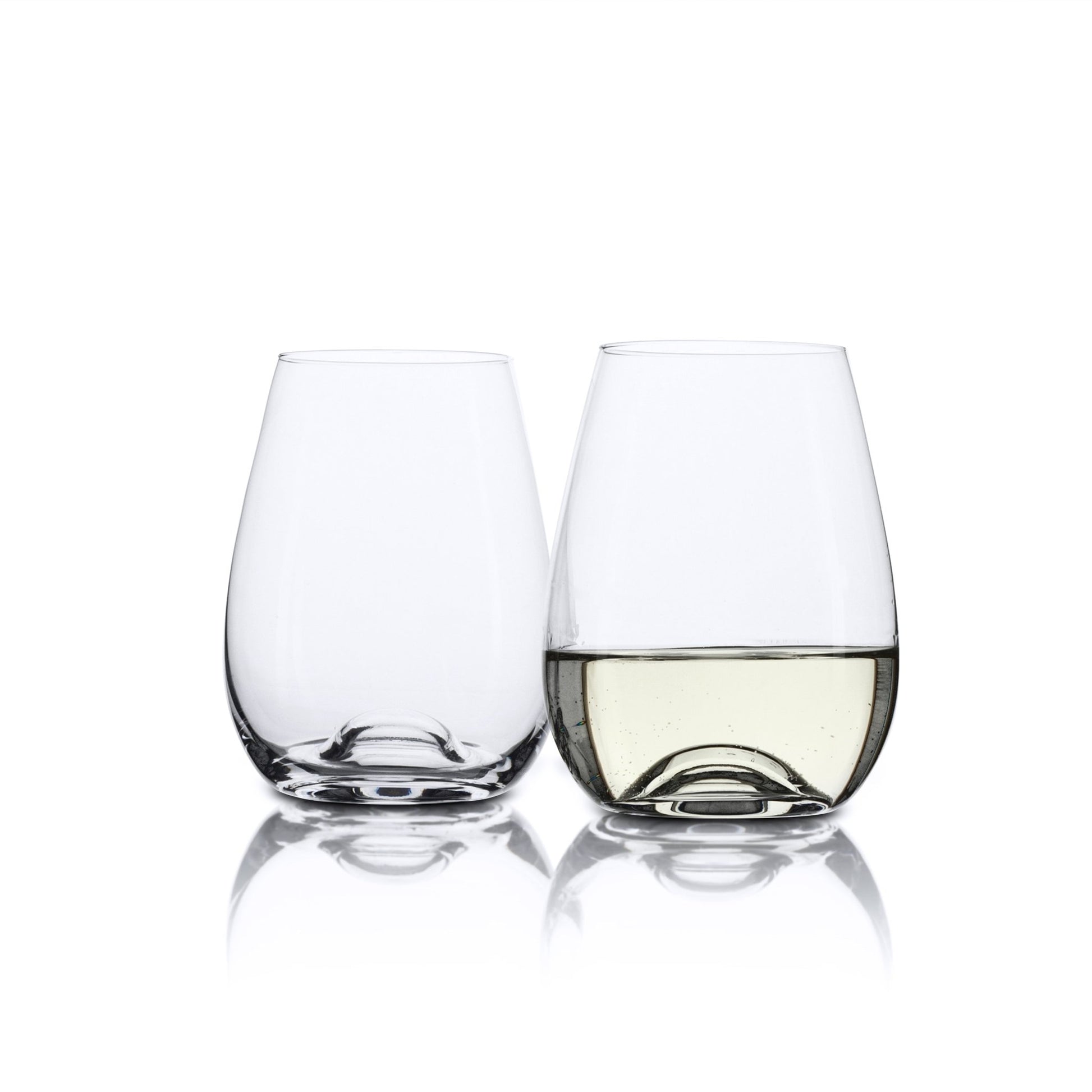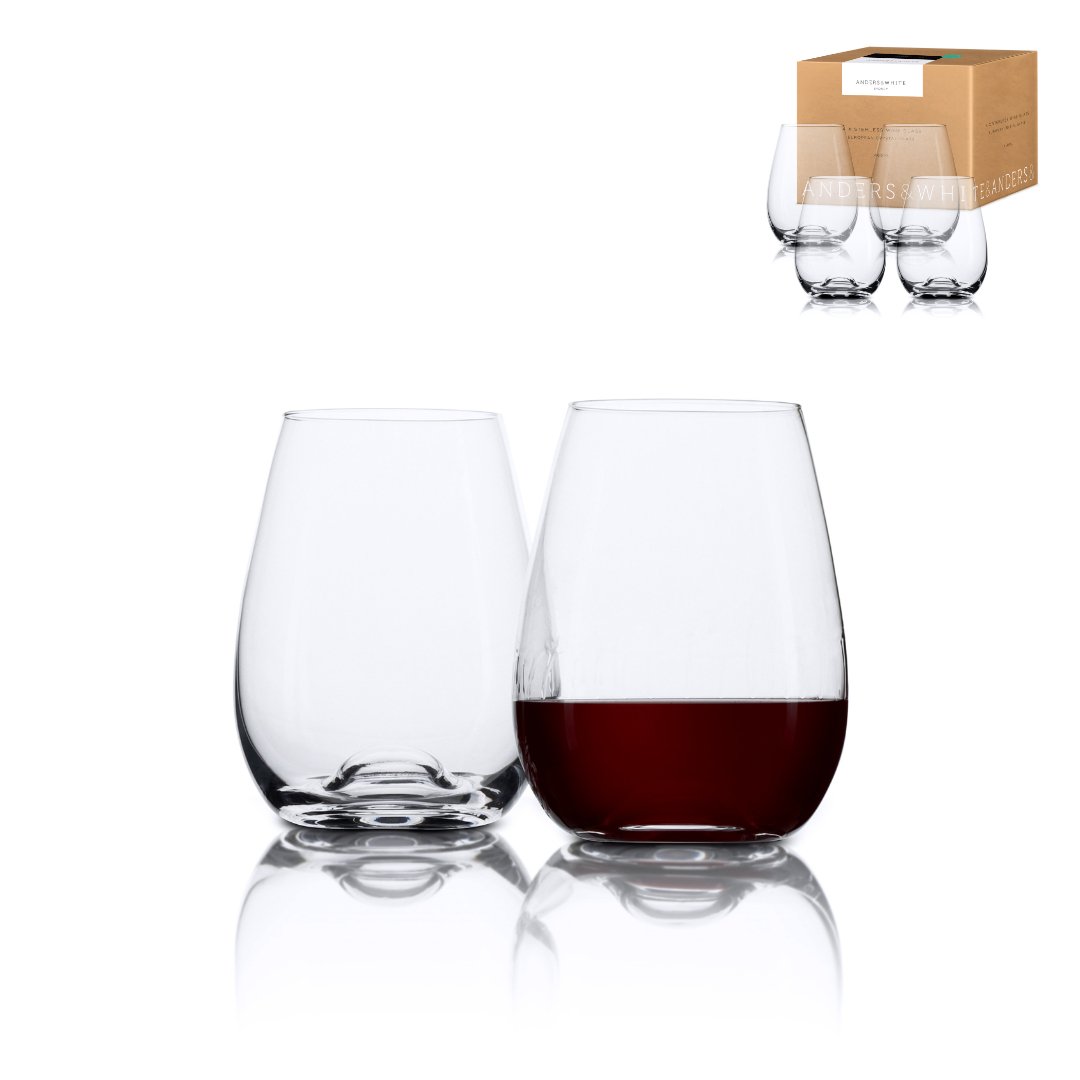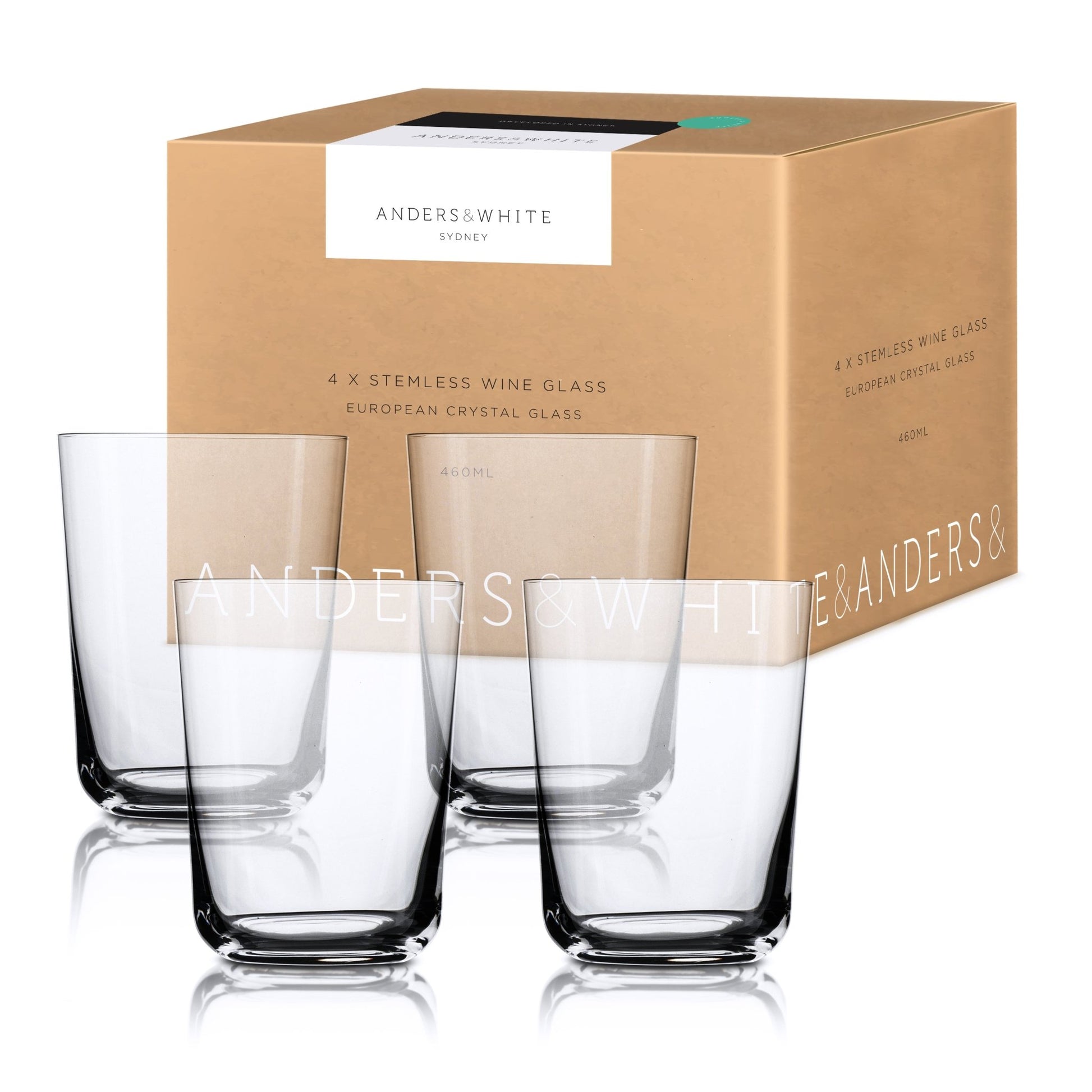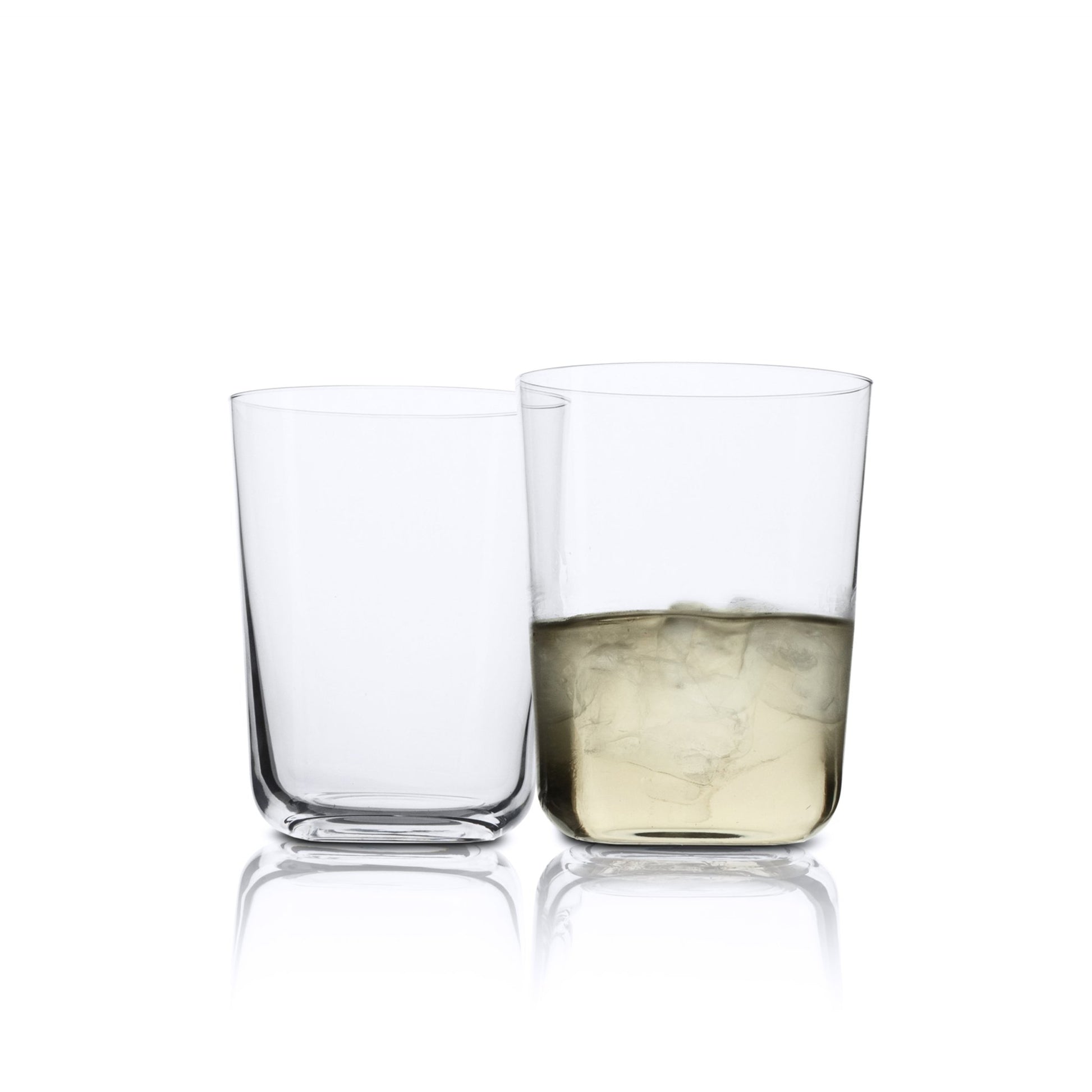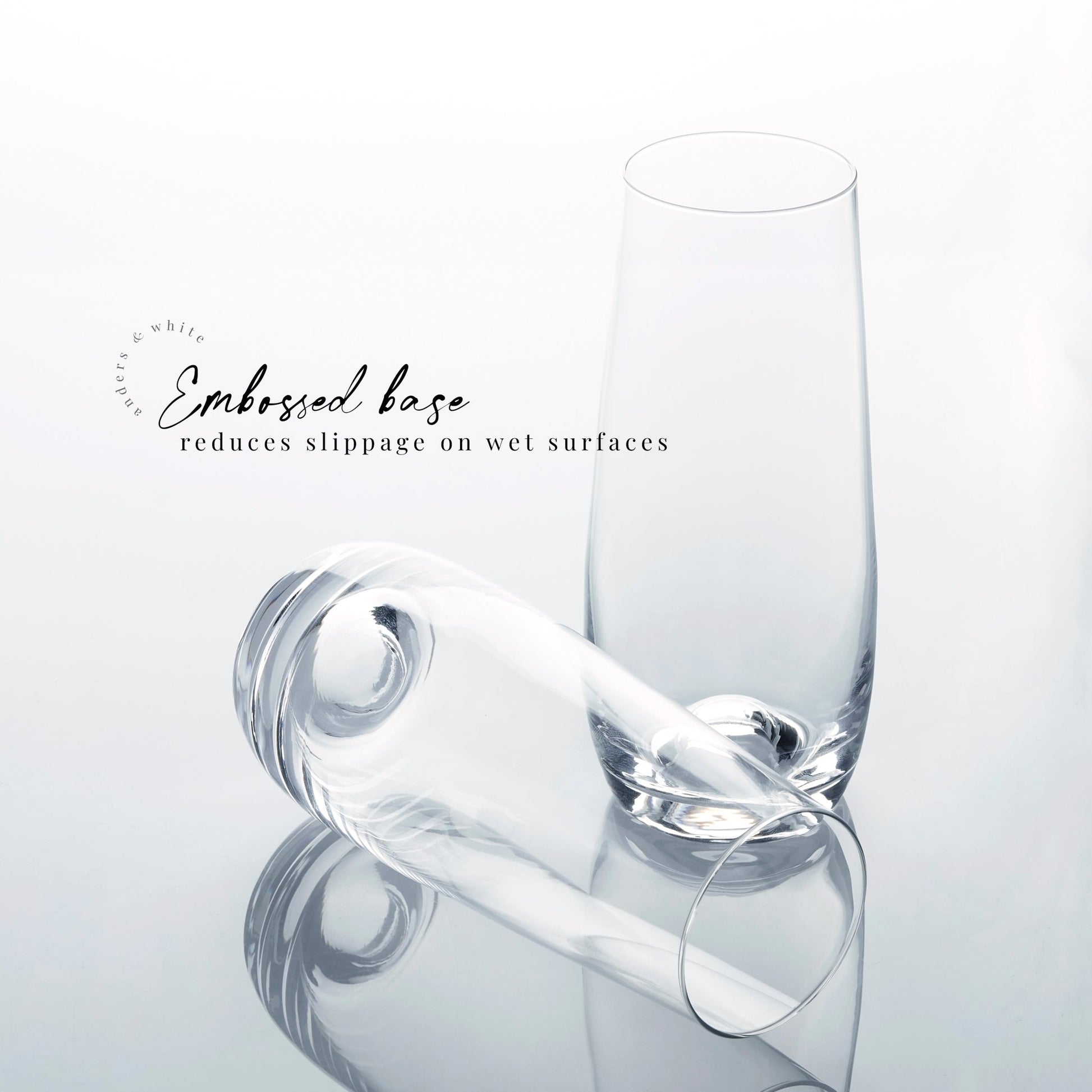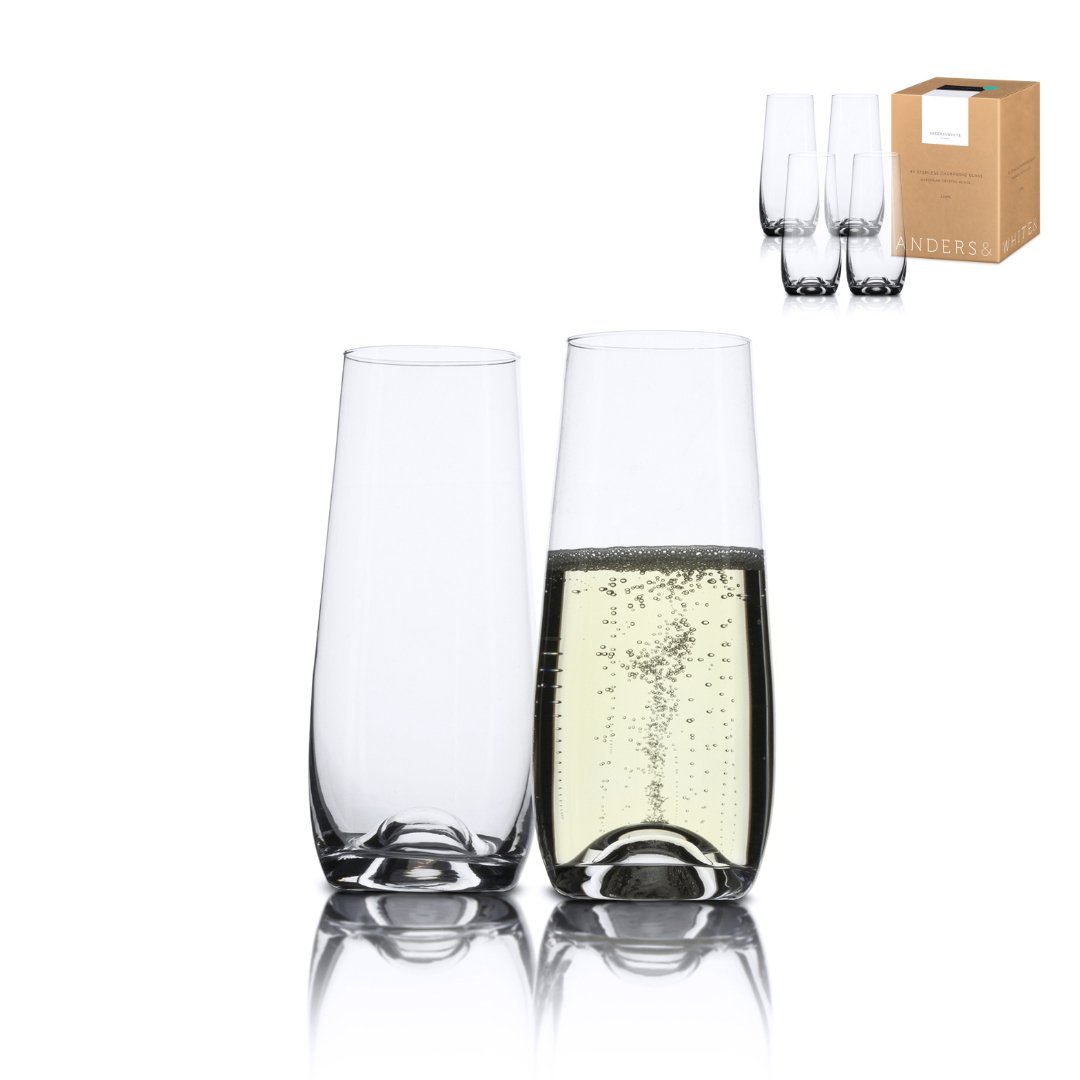1. Low and No-Alcohol Wines: The low and no-alcohol wine category is experiencing significant growth, appealing to consumers looking to moderate their alcohol intake or avoid it altogether. This trend caters to health-conscious individuals and those participating in movements like "Dry January" and "Sober October". Sales in this category have reached substantial figures and are expected to continue rising.
2. Regenerative Agriculture: Sustainability efforts in the wine industry are advancing to include regenerative agriculture practices. This approach emphasizes restoring ecosystem health, enhancing soil fertility, and increasing biodiversity. It not only improves the quality of the vineyards but also aligns with consumer values, particularly among younger generations who prioritize environmental impact.
3. Wine Cocktails and Digital Engagement: The collaboration between wineries and mixologists to create wine-based cocktails is a creative trend that leverages social media and digital platforms for promotion. This digital engagement is crucial as online presence and community building on social media become as important as physical tasting rooms for wineries.
4. Shift Towards White and Orange Wines: There's a noticeable shift in consumer preference from red to white wines, driven by global warming and changing taste preferences for lighter, fresher styles. Additionally, orange wines, made from white wine grapes with extended skin contact, are gaining popularity for their unique taste profiles and natural winemaking processes.
5. E-commerce and Direct-to-Consumer Sales: The rise of e-commerce platforms for wine sales is a significant trend, enabling wineries to reach a broader audience and offering consumers the convenience of purchasing wine online. This trend is particularly beneficial for smaller or lesser-known wineries looking to expand their customer base.
6. Canned Wines: The convenience and environmental benefits of canned wines are attracting younger consumers and those with active lifestyles. The recyclability of aluminum cans and the practicality of single-serving portions are key factors driving this trend.
7. Emergence of Co-Fermented Wines: Co-fermentation, the process of fermenting multiple types of fruit together, is gaining traction as a method of wine innovation. This trend is particularly appealing for its experimental nature and the ability to create unique flavor profiles.
8. Focus on Indigenous Varietals and Regional Specialties: Wines from specific regions like Piedmont, Alto-Adige, Portugal, and South Africa, especially those made from indigenous grape varieties, are expected to become more prominent. Consumers are showing an increased interest in regional specialties and lesser-known varietals, seeking authenticity and unique wine experiences.
These trends reflect a dynamic wine industry that is adapting to changing consumer tastes, environmental concerns, and technological advancements, offering exciting opportunities for both producers and consumers alike.

